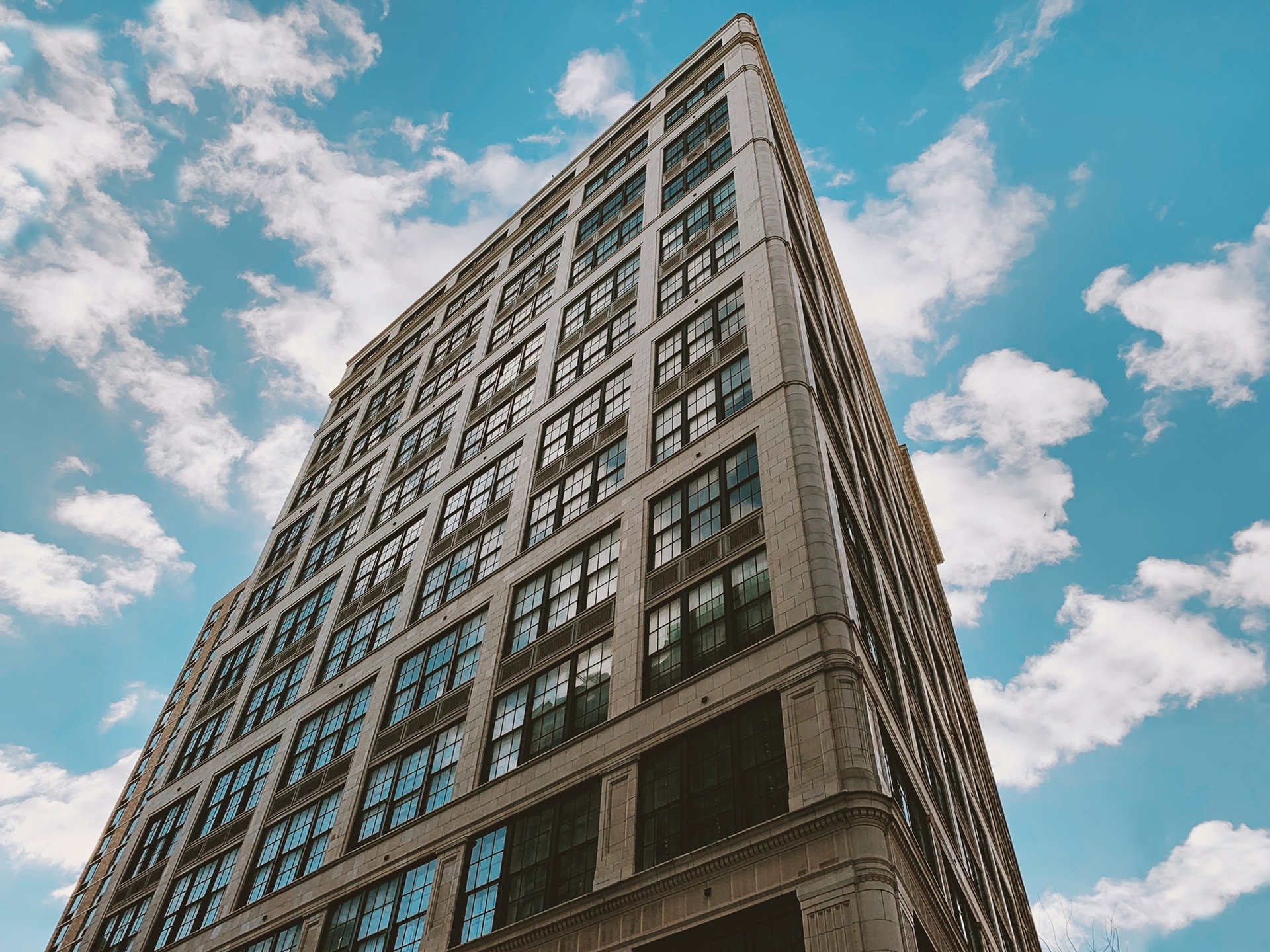A common mistake when performing repairs on historic properties has been to replace the original windows with modern ones. Because of this, it is rare to find properties that still have their original windows. When someone goes to purchase a property and they see that the windows are replaced, it takes away from the beauty and character of the historic building. Many buyers looking to buy these properties want the original windows still in place and are willing to pay more for it.
They Don’t Make Them Like They Used To
Historic windows were made differently than the ones found in stores today. The width and visual weight of sash components, depth and thickness of the frames and sills, even the color and the pattern of light reflecting off the glass was different than any manufactured today. Older windows tend to be larger and rounded unlike modern ones. Most were custom-built and did not respect standardized sizes as they do today, which can even change the amount of natural lighting inside the building. Choosing to repair and retrofit preserves integrity by keeping as much of the old window as possible.
Historic Windows Were Built to Last
When buildings were built long ago every component including the windows were built with great attention to detail. Builders did not do their work based on what would be the fastest and cheapest way to accomplish their goal. They made sure to use quality materials. Prior to 1940 wood windows were usually made from old growth wood. Old growth wood is stable and mills well. It holds paint and stains well. Insects are less attracted to old growth wood and it has a natural resistance to rot. Most of the time the wood was harvested locally, making it best suited for the local climate conditions.
Modern windows typically have a warranty life of about 8-10 years. Because they are not designed to last longer than this, they are usually just replaced instead of repaired. Most historic residential windows have a proven longevity of over 100 years before needing repair and, when repaired, can be used for another 100 years.
Historic Windows Can Be Repaired
The replacement of these beautiful historic windows is often caused by peeling paint, broken glass or missing glazing putty. When these areas show signs of damage the windows tend to lose much of their beauty and eventually they are often replaced. But with repair, and regular maintenance, they will hold and last for years to come.
When overseeing the restoration of a historic building or house, it is always better to repair the windows that are already in place. By repairing them, the original character and beauty of the building is maintained. Replacing them with a modern window, even for more energy-efficient ones will, in a sense, decrease the value.
A Common Misconception
There is a common misconception when it comes to historic windows that they need to be replaced to help with energy saving. Even though replacing the original ones with more “energy efficient” attributes may help save on expenses, it rarely makes a difference in the long run.
The argument that modern windows are more energy efficient than older ones fails to consider the conservation of embodied energy and reduction of environmental cost. Although smart windows may seem very eco-friendly, even manufacturing new ones has a cost on the environment and leaves an old usable window to waste.
Fittings ought to be used for as long as they are in working order, especially in these times when we are facing challenges of global warming. Most of them are made of durable material that can last for as long as the building itself with mere maintenance. Replacing the original window in a historic building should always be a last resort.
For more information contact Scott Henson Architect, where we specialize in the preservation and restoration of historic buildings.




